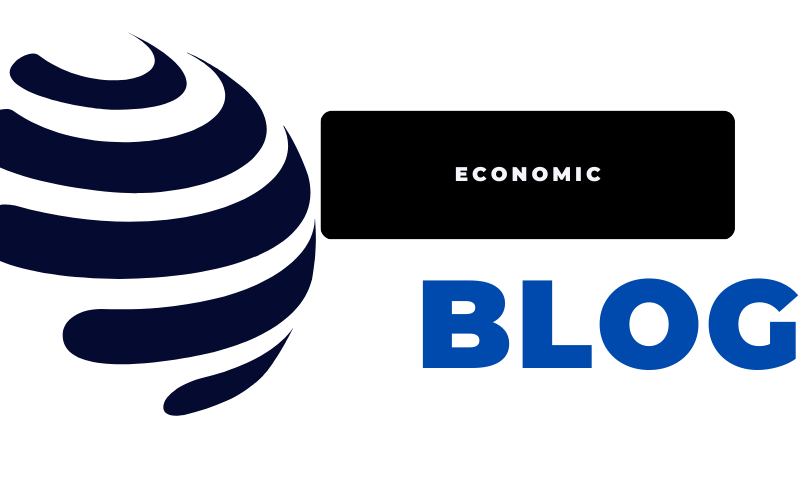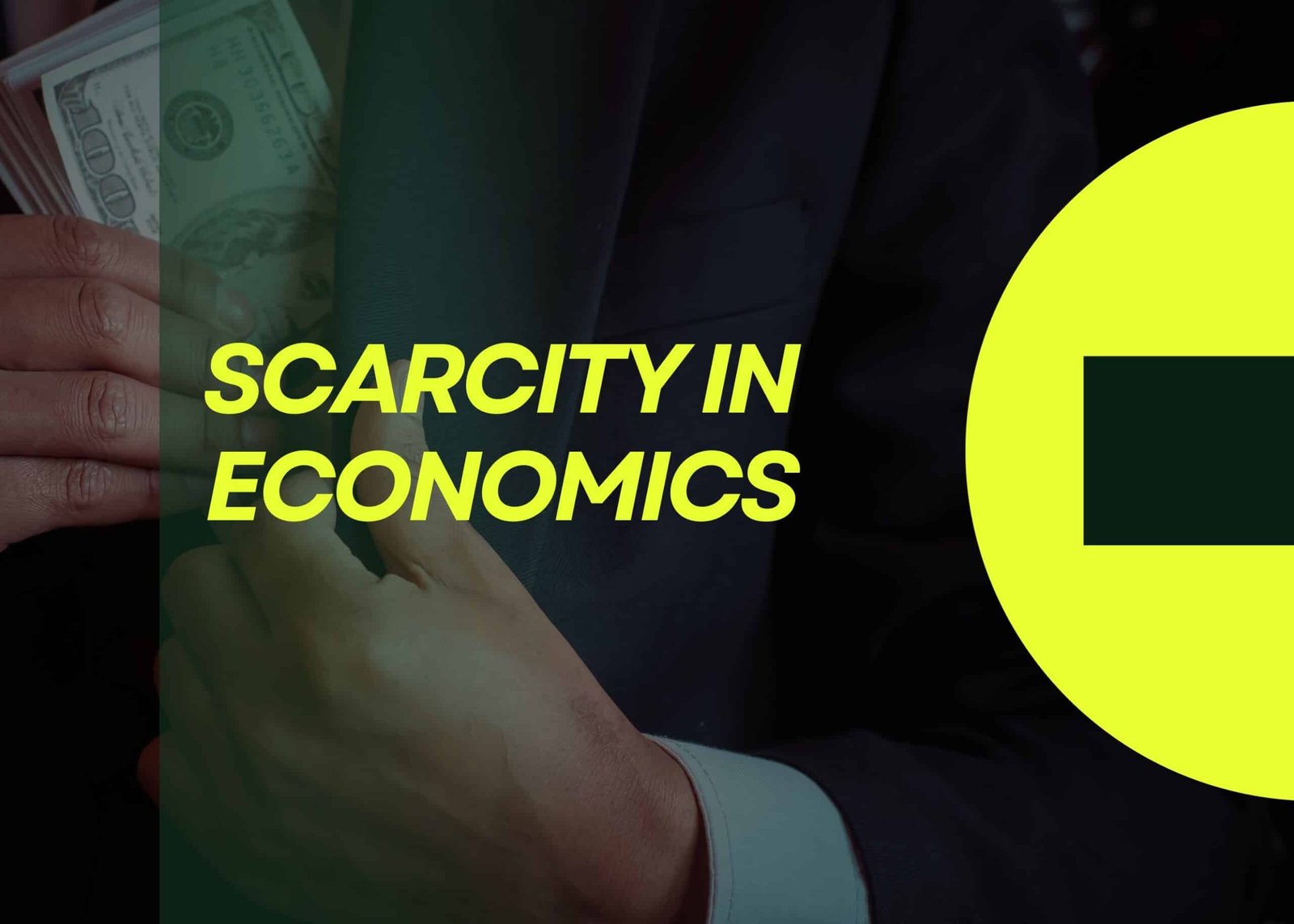Scarcity in economics
Scarcity in economics is the study of how societies allocate scarce resources to fulfill society’s unlimited wants and needs. Scarcity in economics refers to the fundamental imbalance between limited resources and theoretically infinite human wants. All societies face scarcity regardless of economic structure, as no society possesses enough productive resources to produce everything its population could possibly desire.
Resources can be considered scarce if the quantity demanded exceeds the quantity supplied. Resource Scarcity in economics also means these productive inputs have an economic cost or value. If resources were infinitely abundant and free, economics would not need to study allocation decisions. Scarcity is thus essential to economics and drives key economic problems.
Types of Scarcity
There are four main types of scarcity:
- Demand scarcity – When demand exceeds available supply of a good or service.
- Supply scarcity – Limited productive capacity or raw materials constrain output despite demand.
- Labor scarcity – Insufficient available workers with required skills in the labor force.
- Time scarcity – Limits on time resources require tradeoffs in allocating time.
These different scarcity types force economic prioritization and tradeoff decisions for efficient resource allocation.
Role of Scarcity in Economics
Driving Force Behind Economics
Without resource Scarcity in economics as a field would be unnecessary. The problem of imbalance between theoretically limitless human wants and constrained resources available to fulfill those wants creates most economic questions. Economics analyzes the tradeoffs and opportunity costs that scarcity generates across all economic decision units like individuals, businesses, and governments. Understanding of scarcity has thus driven key developments across economics subfields, as the entire discipline aims to address this fundamental condition of unlimited wants chasing limited means.
Creating Resource Allocation Issues
From macro-level distribution across industries to individual consumption choices, scarcity forces economic prioritization. Goods deemed more valued see resources allocated towards their production first, followed by goods considered progressively less necessary. Even for digital goods with near zero marginal production costs where scarcity is artificially created via intellectual property restrictions, perceived scarcity of those non-rival, non-excludable goods shapes pricing and availability decisions.
Scarcity also frequently makes goods excludable and rivalrous. If resources were unlimited, public and non-rival goods could be made universally available to all for free. Yet with scarcity, consumption choices like public transport usage or military spending levels involve economic analysis of tradeoffs. Scarcity in economics thus lies behind resource allocation conundrums across all domains.
Incentivizing Innovation
By making resources valuable and limited, scarcity provides incentives driving human innovation and efficiency improvements over time. Without scarcity pressures, technologies reducing resource usage per output unit would have lower priority. Scarcity gives impetus for societies to invent ways of doing more with less through technical change.
This innovating response to scarcity enriches human knowledge and capabilities. It enables maintaining or elevating living standards despite rising populations over long run. But Scarcity in economics also raises distributional concerns about who benefits as fewer inputs produce greater outputs thanks to innovation.
Dealing with Scarcity
Improving Efficiency
A key strategy for addressing scarcity is promoting greater economic efficiency – producing any given output with the minimum necessary resource usage. Improving processes, eliminating waste and optimizing systems helps mitigate scarcity pressures. Market competition also induces firms to enhance internal efficiencies.
At an economy-wide level, structural reforms towards higher productivity sectors and away from inefficient ones aids efficient resource allocation. Removing barriers to market flexibility likewise allows scarce resources to flow more freely towards optimal utilisation. However, efficiency gains also commonly disrupt existing economic distributions.
Managing Distribution
Efficiency enhancing shifts have uneven impacts depending on one’s position, skills and mobility. Many economic policy debates centre on distributional outcomes from scarcity mitigation measures. Though aggregate economic welfare rises from efficiency gains, some groups may experience job losses or other transitions costs. Policymakers face tradeoffs in supporting economic dynamism against stability of livelihoods.
Targeted transitional assistance programs can enable long run positive outcomes. But resistance to economic restructuring also frequently emerges. There are no simple universal solutions, as distributional impacts vary case by case. But well managed structural transformations help stretch limited resources further.
Reassessing Wants
One philosophical approach to scarcity involves reassessing underlying assumptions of unlimited wants. By consciously tempering desires towards more essential needs and adopting post-growth lifestyle values, personal-level scarcity reduces. However moving societies away from engrained consumption growth paradigms has proven extremely challenging historically.
Nonetheless, the de-growth movement and heightened environmental awareness today renews focus on the sustainability implications from ever-rising wants under conditions of scarcity. Rethinking insatiability of human demands offers another tool for balancing the scarcity equilibrium.
Frequently Asked Questions
1. Can innovation fully eliminate scarcity?
Innovation alters the scarcity balance by enabling greater output from finite inputs. But as wants remain unlimited in economics, scarcity persists indefinitely, only transitioning across evolving consumption priorities over time.
2. Is resource scarcity evenly distributed?
Scarcity experiences differ enormously depending on individual or geographic contexts. Poverty for instance acutely reflects severe personal scarcity. Meanwhile resource abundant nations enjoy greater choice freedoms. But scarcity ultimately touches all global citizens indirectly through world prices.
3. What causes sudden scarcities?
Sudden scarcities often stem from demand or supply shocks like: wars, sanctions, disasters, policy changes, speculation, infrastructure damage etc. These unforeseen events create scarcity conditions through rapid market imbalance shifts. However, gradual demographic and developmental shifts also alter long run scarcity realities.
Conclusion
At its foundation, economics tackles the dilemma of scarce resources relative to unlimited human wants for goods and services. This problem of imbalance and tensions between constrained supply and theoretically infinite demand defines key economic challenges like efficient resource allocation. Driven fundamentally by universal condition of scarcity, economics develops analytical frameworks, behavioral models and policy solutions targeting welfare maximizing management of limited means to meet proliferating ends. While innovation expands output capacities over time, scarcity continues propelling economic thinking on critical tradeoffs and prioritizations shaping human wellbeing.












finance and economics